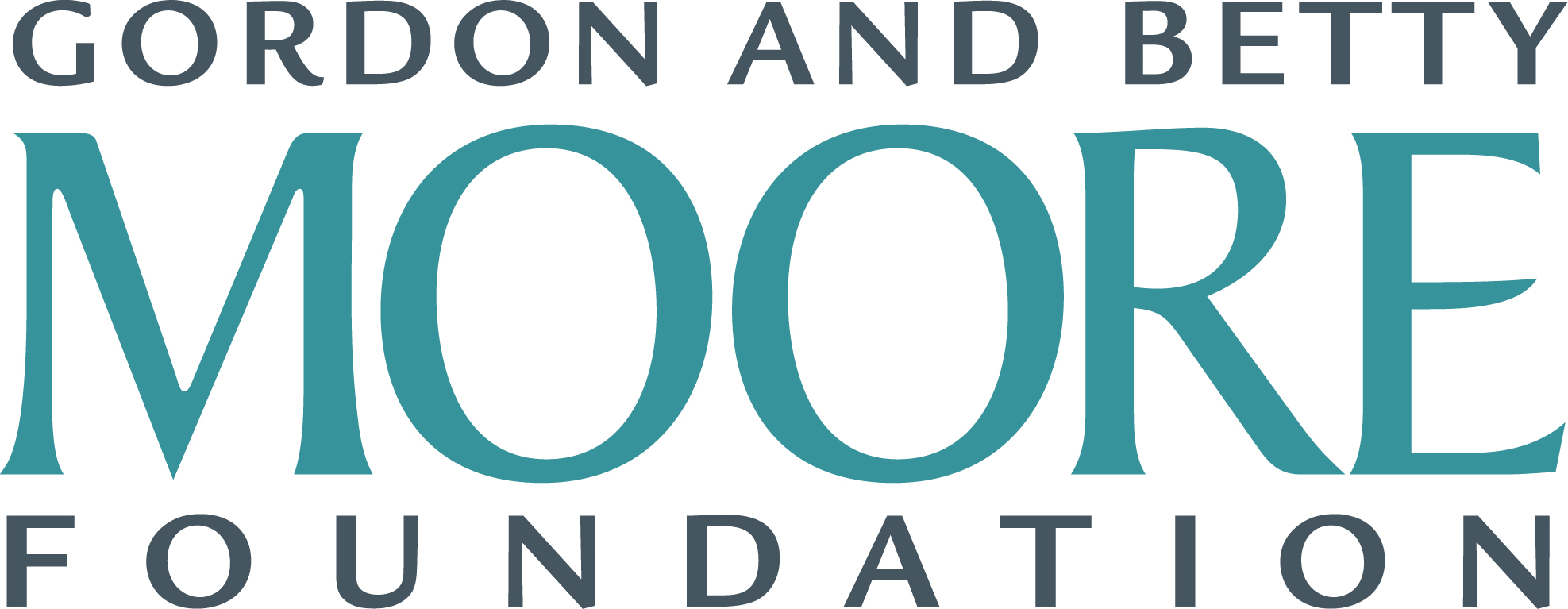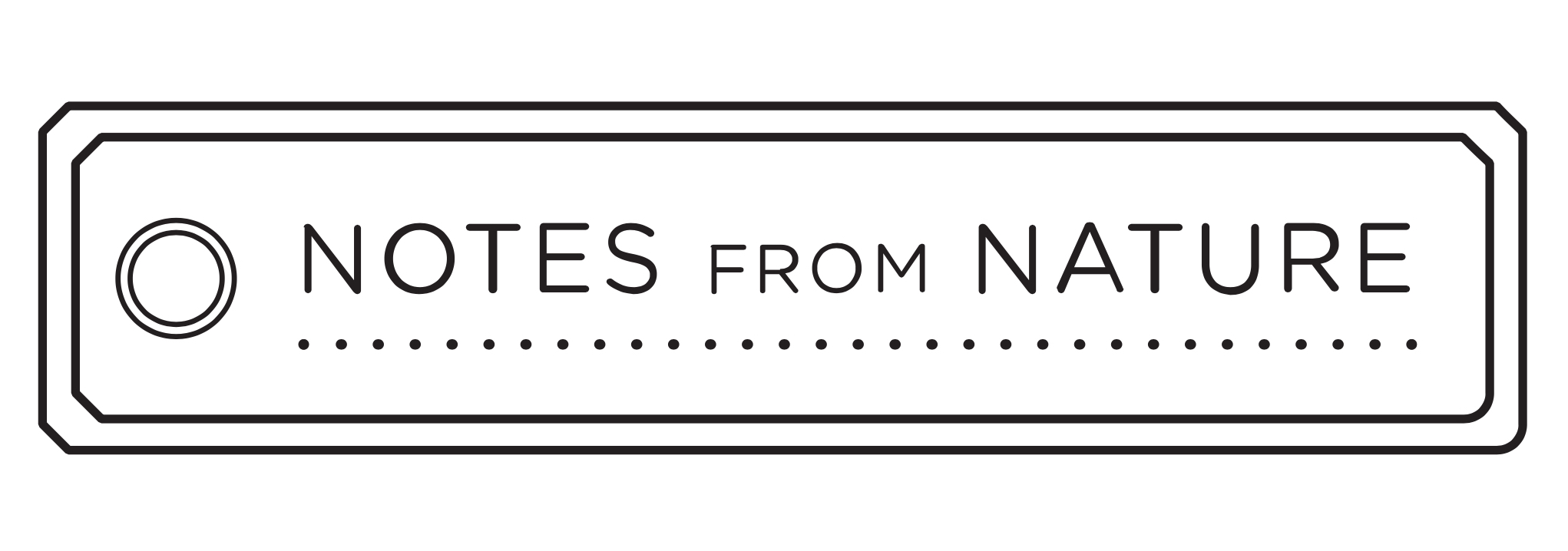Botany staff work in our herbarium and around the world to document the biodiversity of plants and the environments in which they grow. Meet our researchers, explore projects and expeditions, and more.
It’s a jungle in here. Help us digitize it! A new community science project makes it easy and fun to participate in real botanical research wherever you are—no gardening gloves required.
Click below to get started, or scroll on to learn more.
With an estimated 2.3 million specimens, the Academy’s botany collection is the largest in the western U.S. and an irreplaceable archive of biodiversity.

Every leaf, flower, and frond in our herbarium provides a peek into the past, telling a story about a species’ habitat, abundance, and evolution.
Our specimens also offer a preview of the future, allowing scientists to use historical data to make predictions about how species and ecosystems will respond to a changing environment.
Watch: Turning Collections Specimens into Data >>
As the climate crisis grows, so does the need for digitized, accessible, actionable specimen data. Our goal this year is to digitize 500,000 California plant specimens—but we can’t do it without your help.
Limber up those digits: It’s transcription time!
Transcribing a specimen is as easy as 1-2-3 and usually takes less than a minute. Plus, there are perks.

The Plants to Pixels project empowers botany buffs everywhere to make meaningful contributions to science anytime. Here's how:
- View: On your computer or smartphone, view a scanned image of a plant specimen, including any accompanying notes and labels.
- Transcribe: If available, enter the following pieces of specimen data into their corresponding field: accession number, geographical coordinates, habitat, description, and elevation.
- Submit: Once you’ve completed your transcription, click Done, and the next specimen will automatically appear.
Digitizing data democratizes it: By making our herbarium freely available online, we’re reducing barriers to critical scientific research.

Good data is the backbone of good science. And good science is essential to effective conservation.
As the climate crisis intensifies, the data contained in our herbarium can inform science-based conservation actions that protect species and regenerate ecosystems—but only if the data is digitized.
Whether you complete one transcription a day or 100, you’re helping us get closer to our goal of 500,000 transcriptions by the end of 2025.
Thank you for your participation—and please consider planting a seed about Plants to Pixels to friends, family, and colleagues!
Thank you from our roots to our shoots.
The Academy’s Botany Department is deeply grateful to the Gordon and Betty Moore Foundation for their generous financial support; Picturae for their imaging support; and Zooniverse and Notes from Nature for their technology support. We also extend our gratitude and appreciation to our Plants to Pixels volunteers for getting us closer to our goal everyday.



The Academy's Center for Biodiversity and Community Science connects people to nature and to each other through the collection of biodiversity data for science and management.



